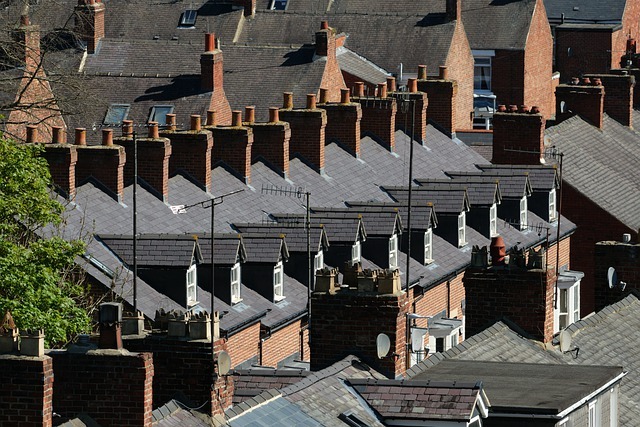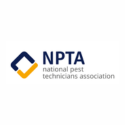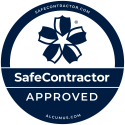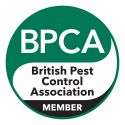Unfortunately, it’s not a straightforward answer and can depend upon the circumstances, so read on to learn more.
Typically, the first point of responsibility for a pest infestation in a rented property lies with the landlord.
Landlords are obligated to ensure a property is fit for human habitation and does not have any issues that can cause health problems.
Landlords must comply with the Homes (Fitness for Human Habitation) Act 2018. Pests such as rats, mice, cockroaches and pigeons pose a risk to human health and are covered by the Act.
Pests can gain entry to a property through small cracks, drains, pipes and air vents. If you have a gap bigger than a biro pen, a mouse can fit through it. If such gaps exist and the tenant reports a mouse problem, the responsibility will lie with the landlord.
Where a new tenant discovers an infestation of fleas or bedbugs soon after moving in, it is likely they were already in existence prior to the beginning of the lease period and therefore the landlord is responsible.
There are circumstances where the tenant will be responsible.
For example, if the landlord has instructed a pest control professional to carry out the necessary preventative steps; and has documentation to show there were no existing infestations prior to a tenant moving into a property; the tenant may be at fault. This is most commonly the case for flea and bed bug infestations.
Where there is a rat, mouse or cockroach infestation and it can be proven that the tenant was negligent in the upkeep of the property, they will be responsible for solving the problem. For example, leaving rubbish to attract pests such as mice and rats, living in unsanitary conditions or regularly leaving food outside.
The local authority has legal powers to deal with an infestation under The Prevention of Damage by Pests Act 1949.
They will act if an infestation at the property poses a risk to human health and is causing problems for tenants or neighbours. It means the landlord will be served with a statutory notice to remove the pests.
At this late stage the cost is likely to be much more than it would have been if action was taken as soon as the pest problem was reported.
The best way to ensure your properties are safe and habitable for your tenants and protect yourself against unwanted claims is to take preventative measures.
Preventative pest control services can save time and money.
They will:







